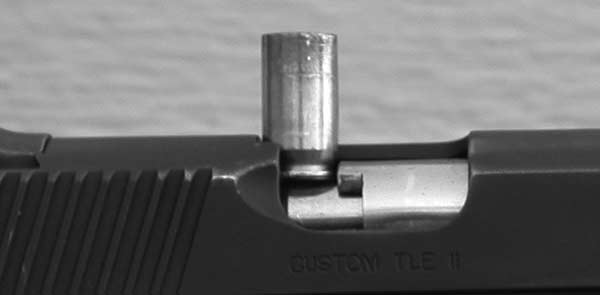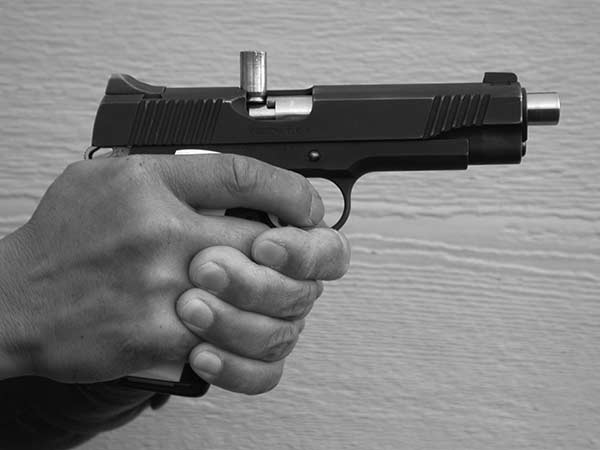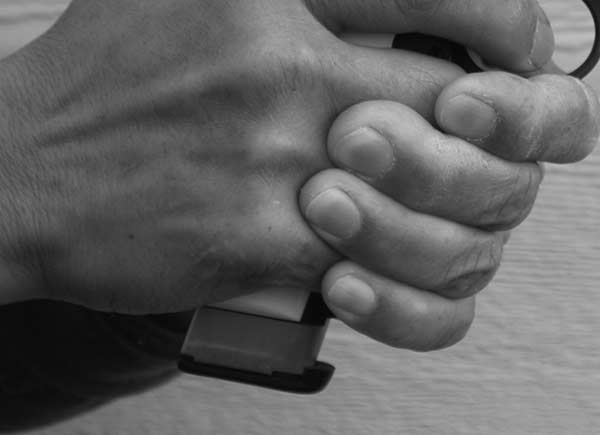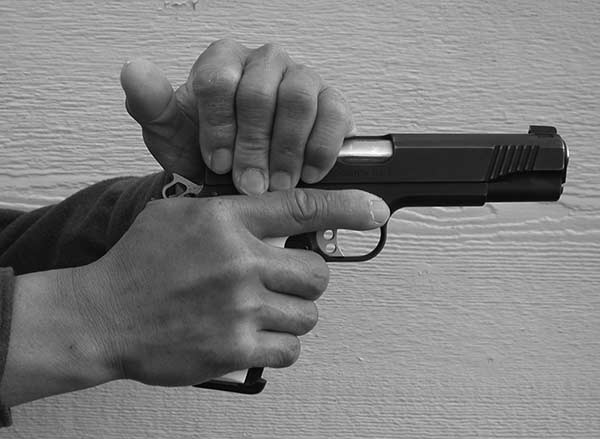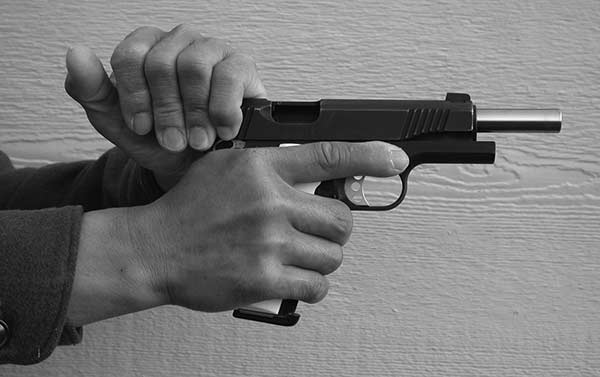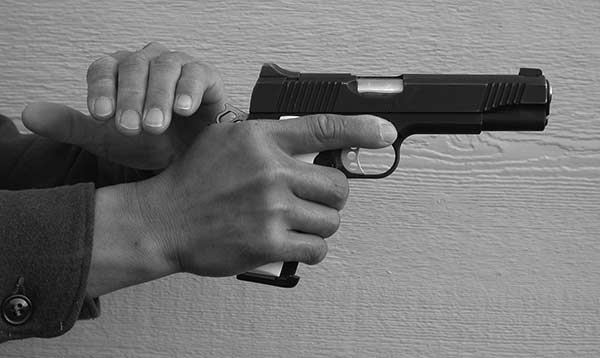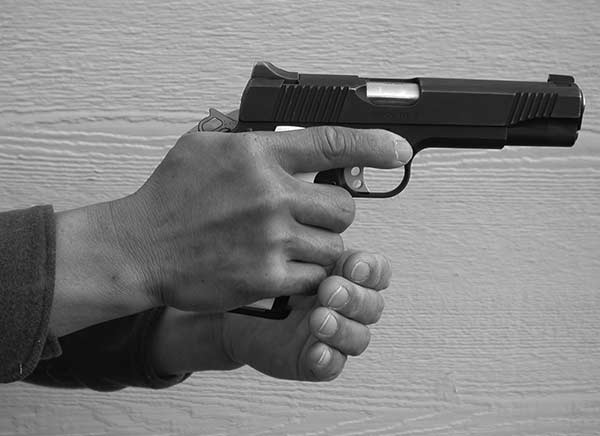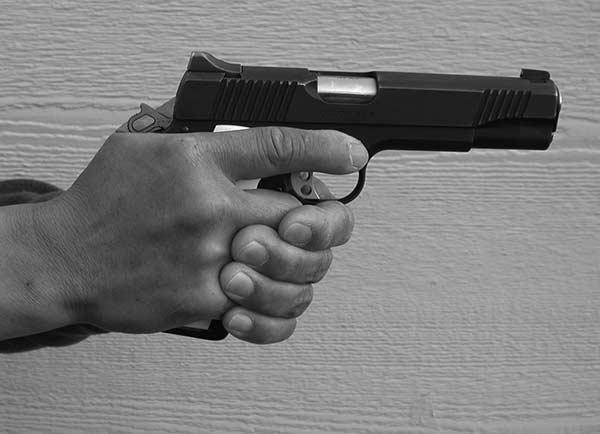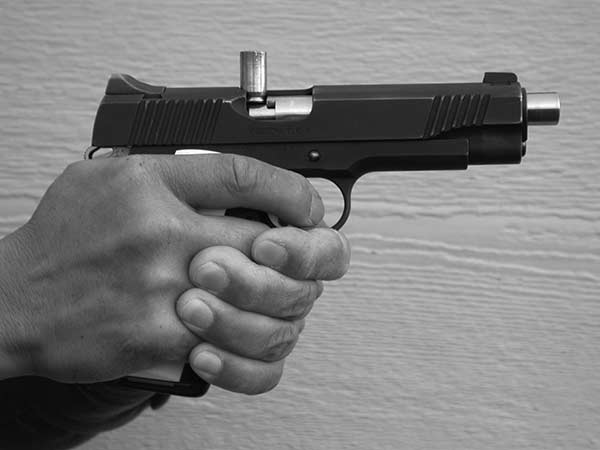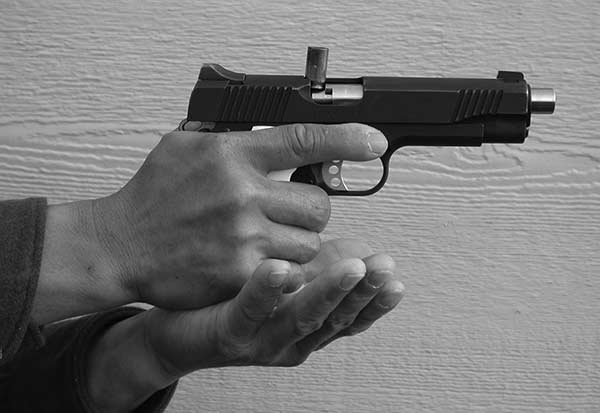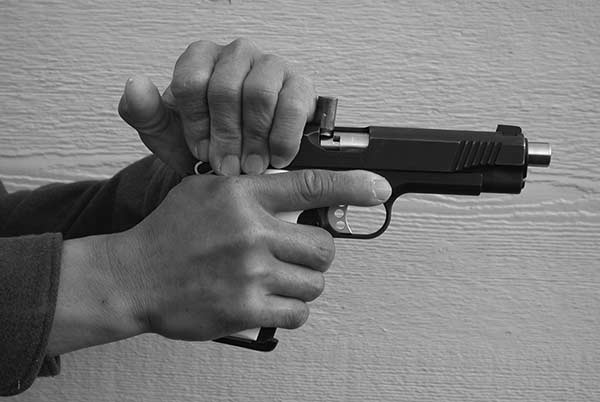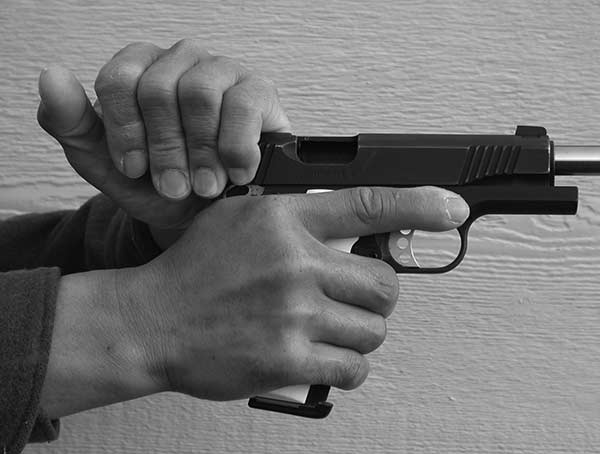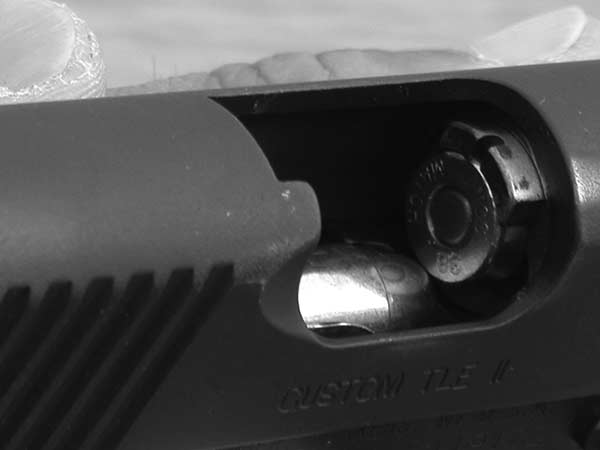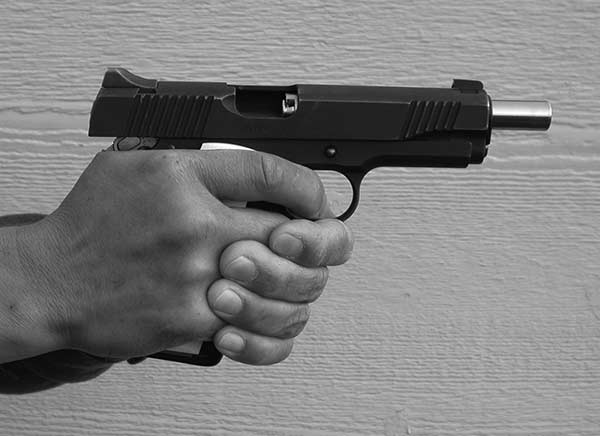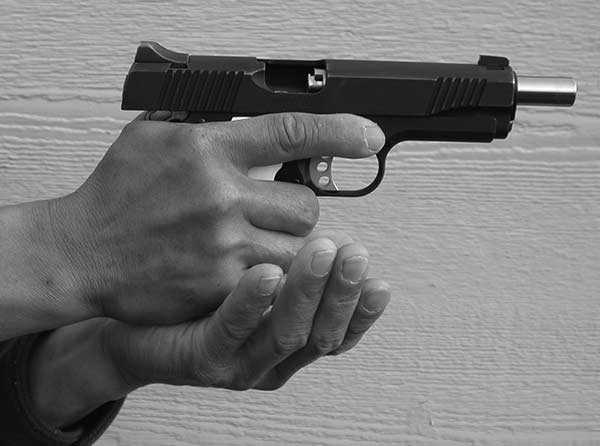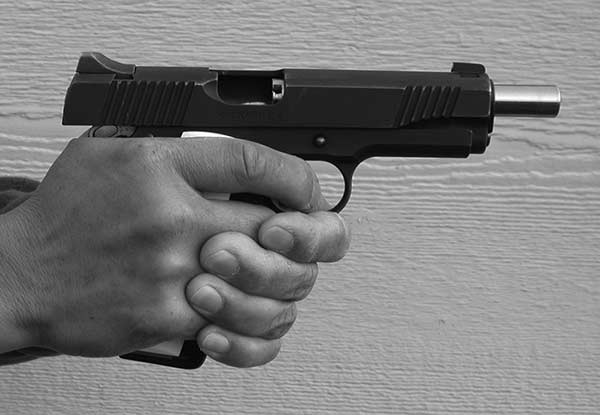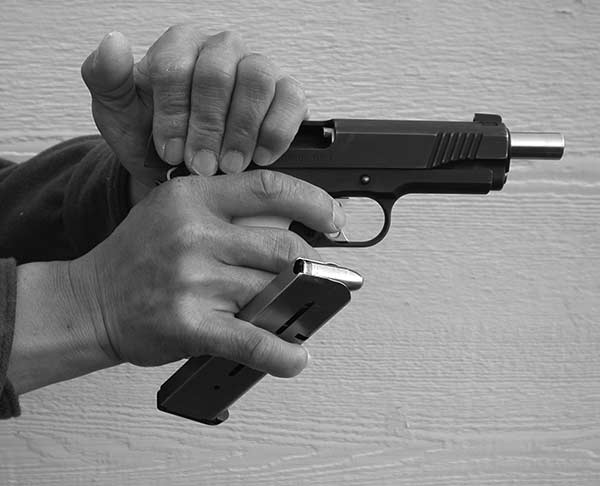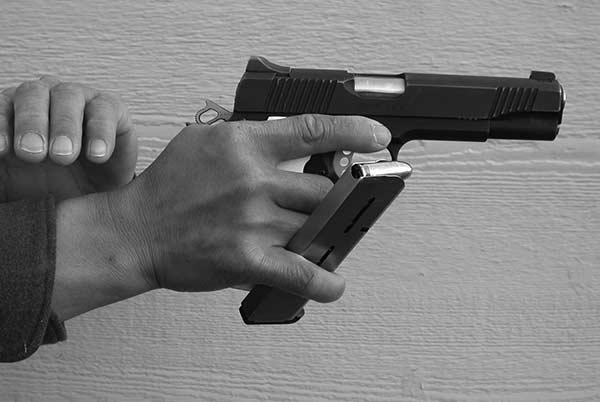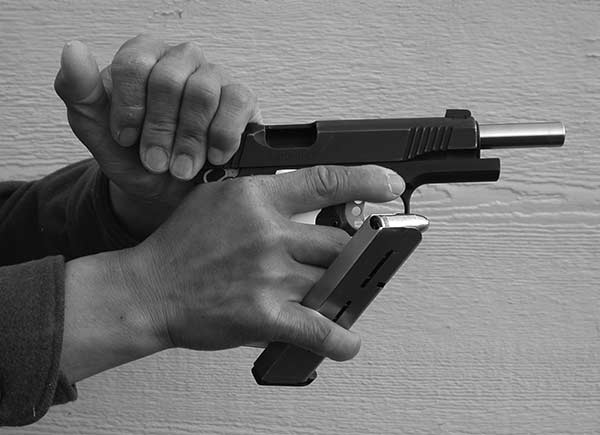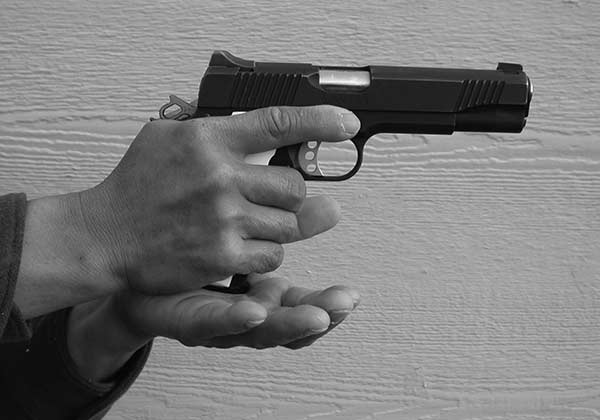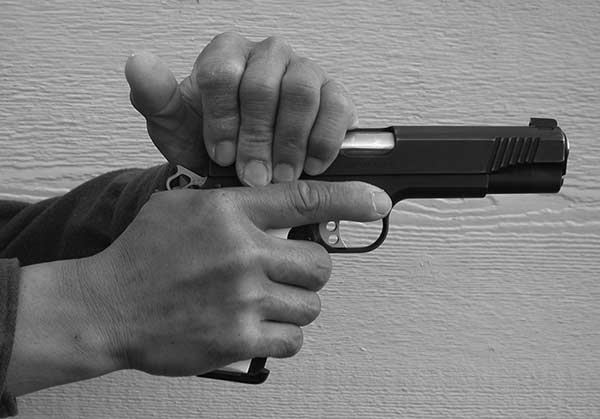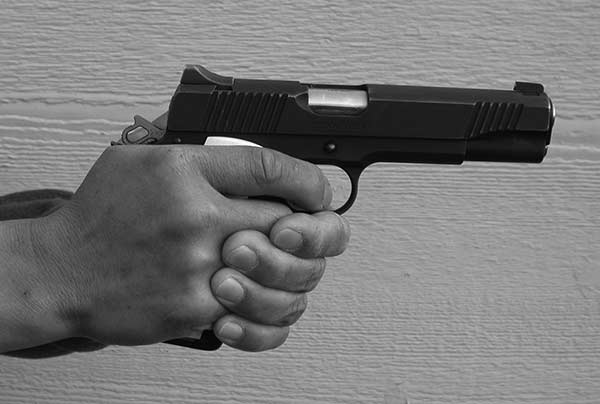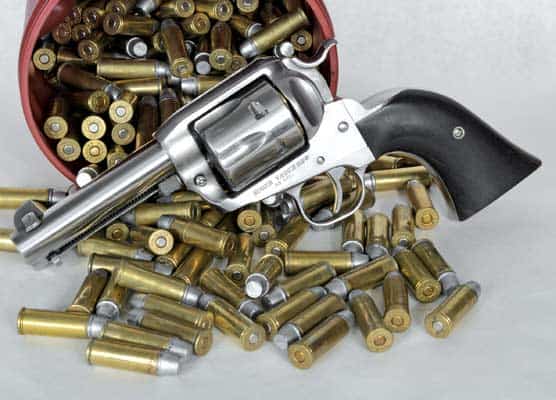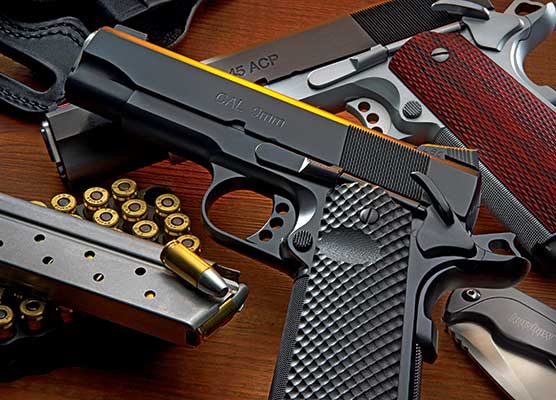Malfunctions!
You Are Going To Have Them
At their original introduction, and even into the 1970s and 80s, the semi automatic handgun was chastised as a dysfunctional, temperamental, damn ornery piece of steel. If you were fortunate enough to own a pistol that worked reliably, it was looked at and longed after by others as a tool just short of mechanical magic paralleling a modern day light saber.
Today semi-automatic pistols in the hands of competent shooters function correctly the majority of the time. If stoppages occur in the cycle of operation most of these failures can be traced back to one or more issues — all controlled by the owner/operator — with the biggest demon probably being junk magazines. In my experience, tied for first place with junk magazines would be failure on the part of the shooter to hold the pistol correctly. These two issues are often followed by faulty ammunition and dirt that are both high on the list of causes for pistol stoppages.
The Stoppage Nemesis
In simple terms a stoppage in a gunfight means a strong probability the shooter risks immediate exposure to injury or death while not having the ability to defend themselves from the threat. In reality a stoppage is like a gun that is empty from firing … it is and can be part of fighting. If it is a big enough fight the chances increase that the gun will run out of ammo and often. Because of the hostile environments gunfights are found in, the pistol might have a stoppage as well.
So a pistol out of ammo or with a stoppage is not bad luck, it is just a dangerous possibility while in a fight. The real issue is the prompt application of the cure by the shooter.
The Cure
Curing a stoppage is pretty simple. Under the duress of a fight it needs to be well programmed into your personal manipulation regimen. I simply do manipulations I already do when I go to the range to fire and practice. The issue of the cure is addressed in my head as a two-part response while just doing manipulations I already do well. I do not apply magic or any goofy rodeo rollover stuff.
These are two separate physical manipulations, but I visualize them together and then physically do one and then the other until what I want — a working pistol — comes into play.
Manipulation One
-Tap to seat the magazine.
-Rack the slide to load or reload
-Shoot if required
Manipulation Two
-Tap the magazine to seat.
-Rack the slide
-If it WILL NOT RACK unload the pistol and reload
-Shoot if required Don’t over engineer these manipulations. If I asked you to load your pistol how would you do it? If I asked you to unload the pistol how would you do it? Simply do what you already do, and know how to do.
The Malfunction Fix
Position One: Tap Rack Bang
The pistol can be drawn from the holster with the stoppage in place, i.e. the magazine is not seated due to faulty holster design or maybe from rolling around in a ground fight prior to the draw, which caused the magazine to be partially released. The point is the pistol can be drawn from a secure holster and found this way. It can also be picked up off the ground in a fight as a battlefield pick-up and fouled in this fashion also.
As an attempt to fire is made and the hammer falls without firing, the shooter should firmly tap the magazine with the heel
of the support hand and roll the support hand over the top of the side, grasp the slide and smartly rack the pistol firmly to the rear, thereby causing the pistol to be loaded. If there is a target it should now be engaged.
Position One Stoppage — Tap Rack Bang
Position Two: Stovepipe
A stovepipe occurs as an in-hand firing problem or it could be found on the ground in this fashion. Somebody fired the pistol, the stoppage occurred, they didn’t know how to clear it, and they simply dropped the pistol. Having the pistol in hand or picking it up simply do what you would do when you load the pistol at the range. Tap the magazine firmly in place with the support hand and then roll the support hand over the top of the slide. Grasping the slide firmly rip the slide smartly to the rear — the trash will clear — reset your firing hands in place and engage the target as may be required.
Position Two Stoppage — Stovepipe
Position Three: Double Feed
The double feed occurs as a firing stoppage and/or it can be found as a battlefield pickup.
If attempting to fire, the pistol will not fire, tap the magazine and attempt to smartly rack — the pistol will not rack because of the double feed. Simply unload the pistol and then reload the pistol and engage targets as may be required.
Side note:
Personally I make no attempt to lock the slide to the rear, as it is not required to have the magazine come free of the mag well. Simply use leverage between the thumb and index finger of the support hand, strip the magazine, tuck it behind the firing hand little finger, unload and then reload the same magazine back into the pistol.
Position Three Stoppage — Double Feed
Roll & Cant?
When clearing loading, keep the muzzle in the area of the threat and avoid rolling the pistol into odd positions. Gravity will allow “trash” to fall from the magazine well, the biggest opening on the pistol. The ejection port will work as it always does and should if the slide is manipulated vigorously.
Cover?
While clearing the malfunction if the threat shoots at you use cover. You should anyways.
Throw Magazines Away?
Some schools of thought advocate the disposal of magazines, even partially loaded ones, as they may be part of the malfunction. There should no be reason on your part to believe the magazine is bad, unless it is, and if it is, what’s it doing in the gun to start with?
Most of us will not have a load of tactical gear on at three in the morning in our bedroom hallway so think, save the magazine, clear the malfunction and then reload the pistol. If you have new fully loaded magazines in a pouch on your belt
then use them … it’s logical. It is also logical to NOT throw a good magazine — even a partially loaded one — and ammo away.
So there is no misunderstanding, if the magazine is empty the priority is loading the empty pistol, or clearing the malfunction.
Priority one: make the pistol work.
The Small Auto
In my limited experience of forty years training to fight with guns, the smaller the auto pistol the more likely it is to fail under the duress of actual use. Granted, the pee-wee guns are great to carry but they often fail to function in high stress or altered position environments. It is important to note here that the small guns are great and on the range with
both hands on them and a sunny sky they often work just fine. These same small guns dropped down into the crud of conflict fired by an injured operator who fails to support the pistol with body weight or strong wrists, and can cause the pistol and the shooter to be severely tested.
These small guns’ reliability can be questionable at best in this world. These small guns can and will work but they require very competent and very attentive operators.
The Pistol Today
With good ammunition, a maintained pistol fired by a competent operator is about as good as it is going to get today with a handgun.
Dependability is critical with a defensive handgun, and the person who carries a pistol for personal defense needs to be absolute in their resolve that they and their equipment are as ready as they can be.
Subscribe To American Handgunner

Get More Personal Defense Tips!
Sign up for the Personal Defense newsletter here:

